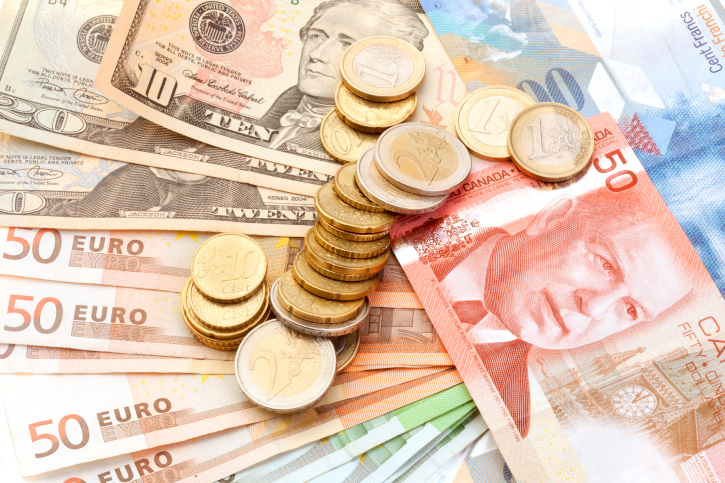Banking, finance, and taxes
The Vatican Bank Annual Report Now Open, a True First
Published:
Last Updated:
Pope Francis has been working towards a pledge of greater and greater transparency in the Catholic Church. This pledge also includes financial transparency. For the first time ever, the Vatican’s bank has released its annual report disclosing its assets and liabilities. The bank is technically called the Institute of Religious Works, or the IOR. Its 2012 annual report was released on October 1, 2013, and has some eye-opening figures for the world to now see.
What will stand out first is that the IOR’s net income quadrupled to about 86.6 million euro, or about $117 million U.S. dollars, in 2012 from 20.2 million euro in 2011. The gains were tied to high interest income and trading and assets price gains. We would note that figures released here will only be stated in euros hereafter.
This income allowed a distribution of some 54.7 million euro to the Holy See in order for the pope to give to Catholic charities. It was also disclosed that the bank transferred some 31.9 million euro to the general operating risk reserve as retained earnings. Unfortunately, the bank also disclosed that 2013 was suffering from transition (reform and remediation) and rising interest rates. Other figures for 2012 were as follows compared to 2011:
Another disclosure was that the IOR was entrusted with 6.3 billion euro in customers’ assets in 2012. These were 2.3 billion euro in deposits, 3.2 billion euro managed by the IOR under asset management agreements, and also 800 million euro in assets held for customers. Under IFRS accounting standards, 4.1 billion euro of those assets are on the balance sheet and the remaining 2.2 billion euro are disclosed as off-balance assets.
We have also included a snapshot of the assets and liabilities from the annual report as well. The figures are in euro (000) and are below:
We do have more than just a few questions about the balance sheet of the Vatican. These questions or points may sound rhetorical or prodding, but they are not intended to be. Is it fair to ask about the value of the historical assets and documents? How would you account for Goodwill, such as having the gateway or path to God? How would you value collections from churches all over the world? These issues are certainly too complex but would be interesting to see in real terms even if the calculations may be highly subjective or simply impossible.
Some will praise the openness of the report. Others will likely be critical of it. What we can say is that this is the first time that we have ever seen a balance sheet and income statement from the Vatican. The full PDF summary is here.
Thank you for reading! Have some feedback for us?
Contact the 24/7 Wall St. editorial team.